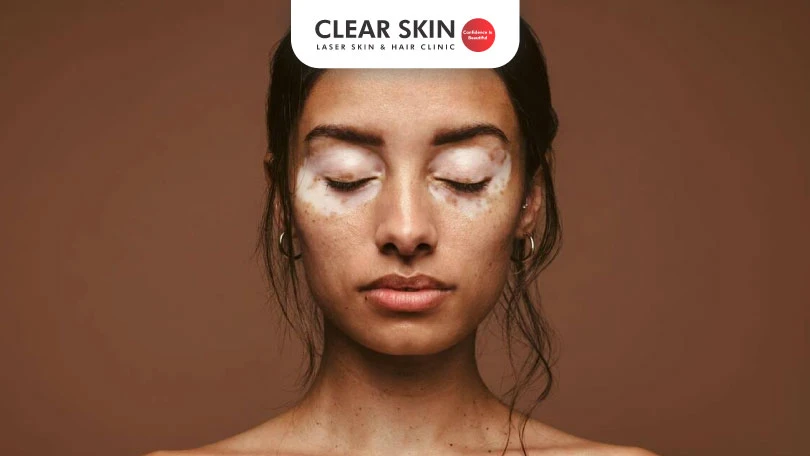Reviewed By:
Updated on: 6th May, 2024
What are the vitiligo treatment options? How does vitiligo laser treatment work? Is vitiligo light therapy effective? Get answers to FAQs like these and more.

Table Of Content
- Vitiligo on lips
- Conclusion
Vitiligo on lips
Hello sir, Thank you for your valuable inquiry. As per your question, there may exist a possibility of vitiligo, need to examine you personally to diagnose your problem. However, “Vitiligo “ or white patch is an autoimmune skin condition. In this disease, our body’s…Read Answer
Conclusion
Vitiligo, an autoimmune skin condition characterized by white patches, requires a personal examination for accurate diagnosis. Our body’s immune system mistakenly attacks melanocytes, leading to loss of skin pigmentation. A thorough consultation with a dermatologist is essential to determine the appropriate treatment plan. If you suspect vitiligo, please schedule an appointment for a professional evaluation and personalized care.
Popular Q&As
Learn how glycolic acid and isotretinoin can help treat acne scars. Dark lips can be caused by sun exposure, dehydration, smoking, or lifestyle factors. Understand the reasons and find expert solutions at Clear Skin Clinic, Pune. Diet plays a good role to decrease melanin in your body.
Tips for Fair and Glowing Skin for Oily Skin Types
Why are my lips dark?
How to Reduce Melanin Production in Skin Naturally?
We Got Your Back! Ask Us Anything On Your Mind!
Reach out to us on
Didn’t Find What You Were Looking?
Please Contact Us.
We are committed not only to treating you, but also educating you.

